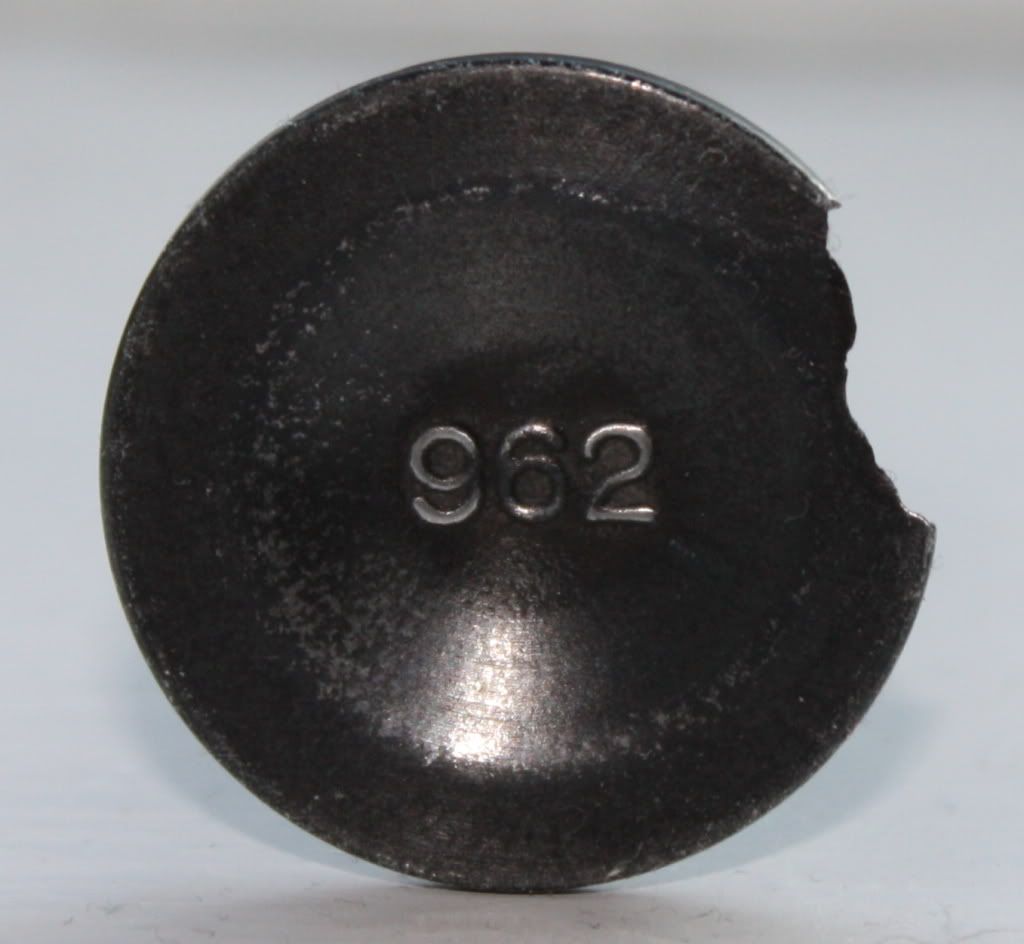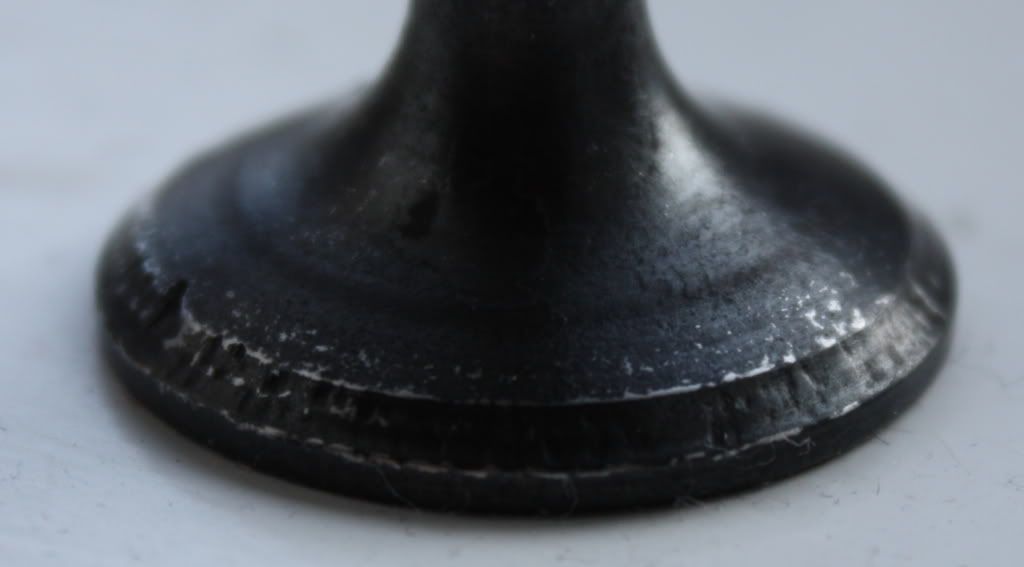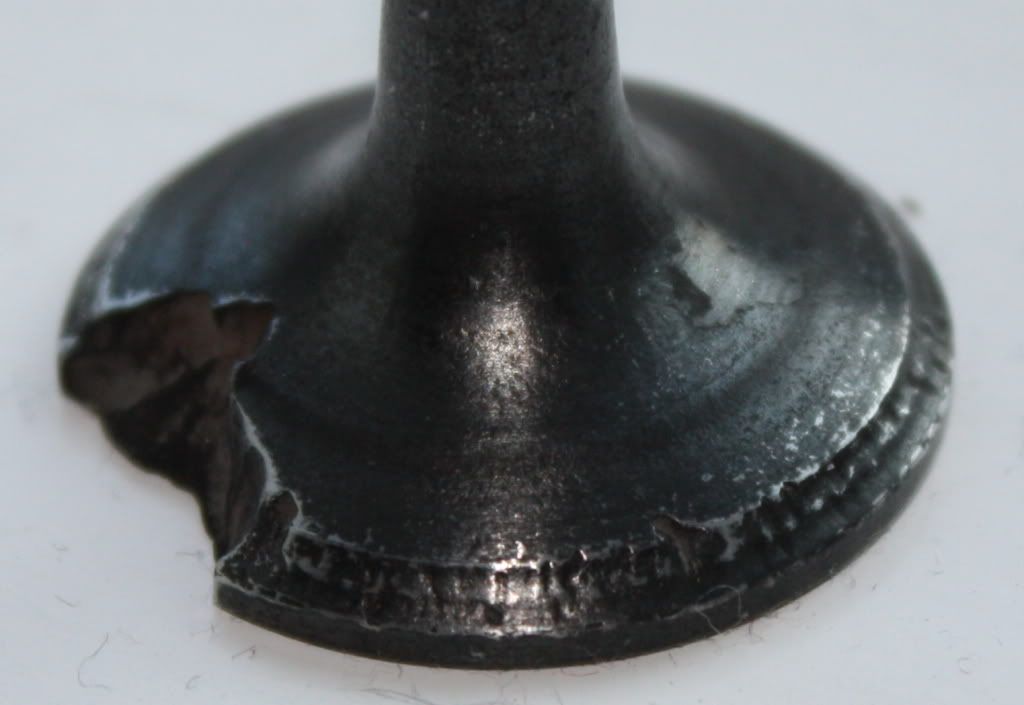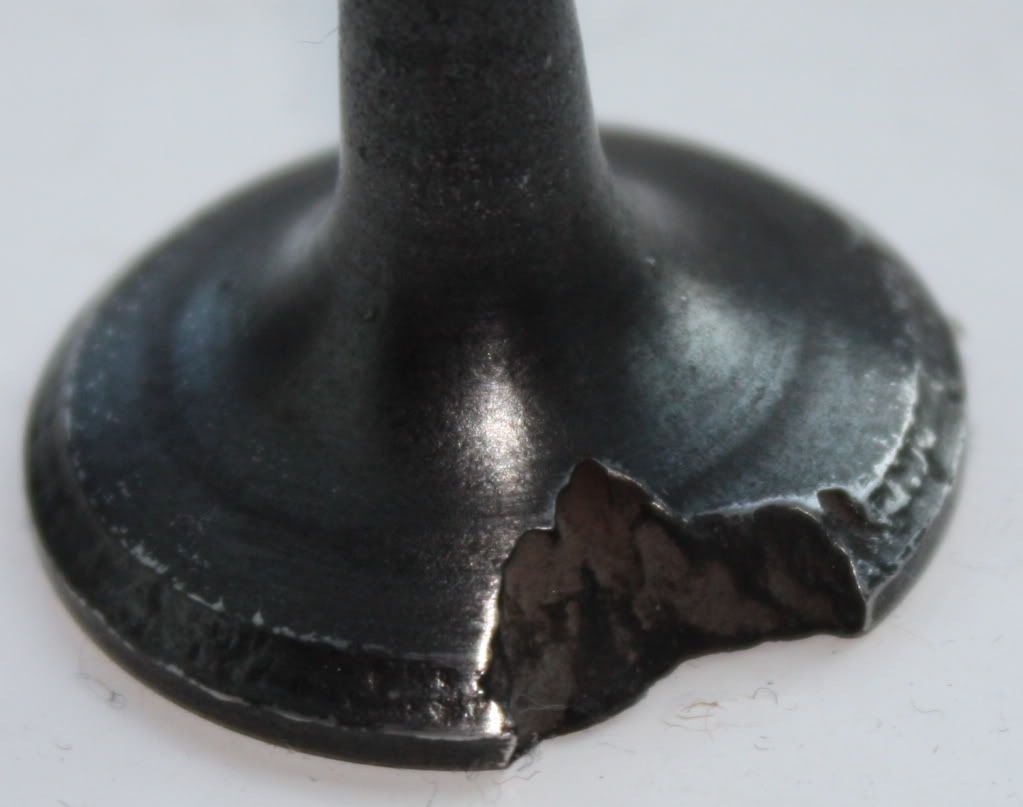Make sure to have a good head shop look at it but it looks like the valve just failed.. Everything else looks to good to say that it was anything else. Keep cleaning and checking though, you never know what you'll find under the carbon.
Lisa, don't worry about this, you would have major problems rather than just idling rough sometimes. This is probably a one in a million and after 161,000 miles (260000km) may just be a failure on a 3.2l engine.




 Reply With Quote
Reply With Quote









 Thanks Moncha, I would be intressted in your brother-in-laws opinion
Thanks Moncha, I would be intressted in your brother-in-laws opinion 
